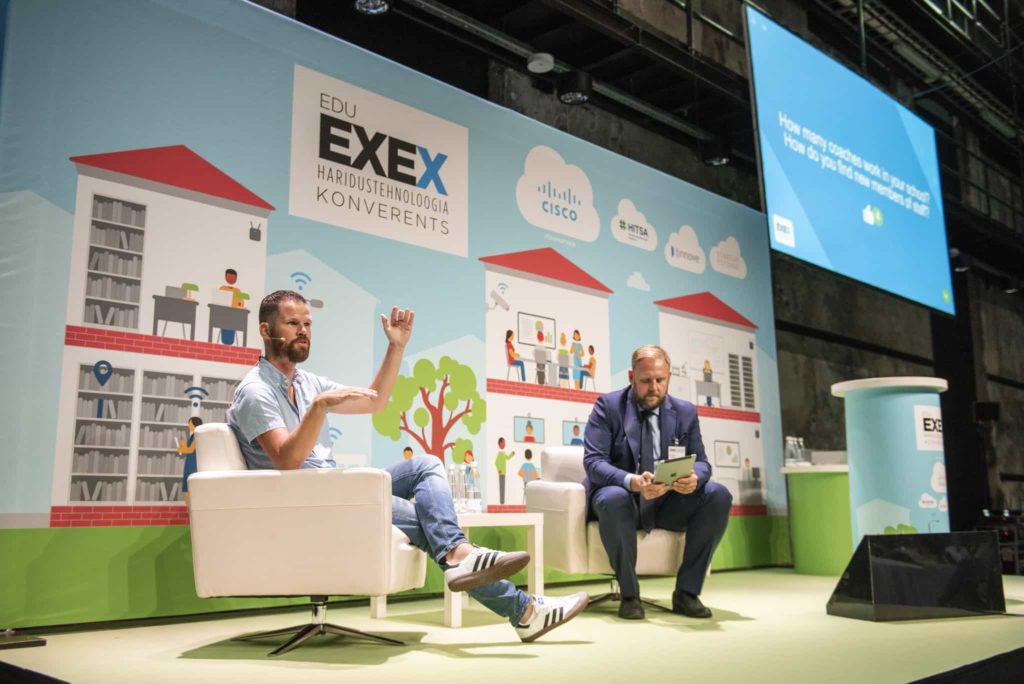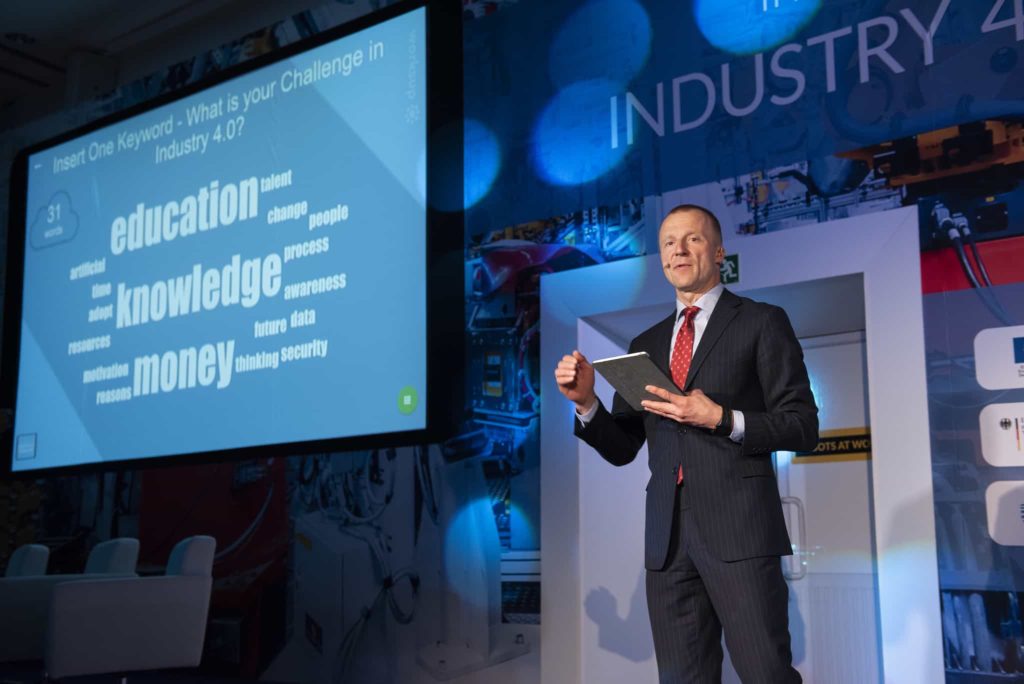A conference should either be useful on a professional level or interesting on a very human level. In both cases, the result is dependent on the quality of the content. In this chapter we review how content is created and which speakers to involve in a conference.
Start!
Content creation starts with agreeing on the main event message: what exactly do we want to tell our employees or clients? What topics do we want to cover? How will we be different from other similar events?
Once it’s done, the message should be divided into bigger topics and speakers should be sourced for each topic. Each member of the workgroup must be allowed to speak and contribute to the discussion on finding suitable topics and speakers. Doing it this way ensures that nobody starts to dominate the conversation too much.
Another option is to conduct a poll on the topics within our target group (also useful for marketing). You could also create a council comprised of the main players within our field. They could get together a couple of times and share their ideas and information with us.
Topics
A great conference should not just convey the mantra of the organisation behind it. A conference hosted by a bank might help grow participants businesses without ever mentioning banking.
It is okay to host a couple of sessions where people tell stories about the organisation. Or better, where others tell stories about us, instead of having us do it. Yet in most cases the overall topic should be bigger than just the story about Us.
There are two options for choosing specific topics for different sessions. Either let speakers propose them based on their previous experience, or create a theme that continues from session to session.
Format
There are many formats for the sessions. For instance, with keynotes, interviews, panel discussions, campfires, round tables and workshops being the most common globally.

Keynote. The most common format where the speaker usually gets 15, 25 or 45 minutes to speak on one specific topic, usually followed by a Q&A session.
Interview. A format where the host interviews the speaker for 25 or 45 minutes. Usually followed by an audience Q&A session.
Panel Discussion. A format where the host interviews multiple speakers for 45 or 60 minutes. Usually followed by an audience Q&A session.
Campfire. A format where a the host interviews the speaker or multiple speakers for 45 or 60 minutes while the audience is free to interact with the speakers at any time.
Round table. A format where the host or speaker proposes topics for tables to discuss for 25 or 45 minutes with some sort of follow-on presentations session.
Workshop. A format where the speaker teaches the audience something practical for 60 or 90 minutes while they are free to interact with the speaker at any time.
Of course the list goes on and on with more creative examples listed here.
Speakers should always have less speaking time than listed in the schedule. Otherwise, the schedule tends to lag behind and there will be no time for Q&A sessions.
Speakers
Internal or client conference
Whether we are putting together an internal conference or a client conference, start with our own organisation. We should not necessarily bet on shiny titles. Instead, find people who have the right skills and are willing to share their knowledge with others. But a programme that only consists of our employees is not convincing nor attractive enough.
For an internal conference, invite other organisations who have already gone through the change to share their experience. The purpose of this will be to encourage our personnel. Another good resource to use are suppliers and co-partners whose work description includes helping our business grow.
A local or a guest
The most valuable speakers are key opinion leaders who contribute to the field on their own time. These people are generally very well paid at their main job and they cannot be bought with money. If we are inviting someone like that from abroad, it will help to know about their hobbies. Perhaps, they would be interested in playing a round of golf, going moose hunting, or seeing the opera when visiting Estonia. By the way, we could also recruit speakers from the council members.
The affordable and good well-known speakers are often busy with work. So we need to invite them ahead of time. There are a lot of players within the 5000 – 20 000 price range, but most of them are not as well known nor content-rich. True players start from about 40 000 – 50 000 euros. Even if we have the means for that, we need to check whether the majority of our target group has already seen that person perform or not.
Local opinion leaders are also a wonderful option as they can talk about the topic from a completely different point of view. For example, we could have a theatre director talk about business management, an artist about marketing, or an animal researcher about logistics.
A good tip for those organising a client conference is to always include successful clients who could talk about those successes where our company has played an important part.
Quality content
We need to be careful with professional speakers as oftentimes, they are traveling and doing very standard content. Ask them to specifically present a client case and prohibit direct product placements and promotions.
Professional speakers can be either very flexible in adapting their presentations or, vice versa, completely immovable one-hit wonder type of people. When we start negotiations with them, figure out early on how much is a well-known guru willing to take our needs into consideration when planning their presentation.

In case of our own employees, it helps to do a test run of their presentation during which we can guide them. This is important as our colleagues may be the ones to let the organiser down by not preparing ahead of time.
For external speakers, we usually conduct a preliminary interview. That helps us get an understanding of what they could change about their presentation. If the speaker is insecure during the testing but has already been announced to the public then instead of having them do a presentation, we can offer them a talk show format. It enables the moderator to guide the conversation in a suitable direction. This takes a lot of the pressure off the speaker and it also means they need less time to prepare for the presentation

